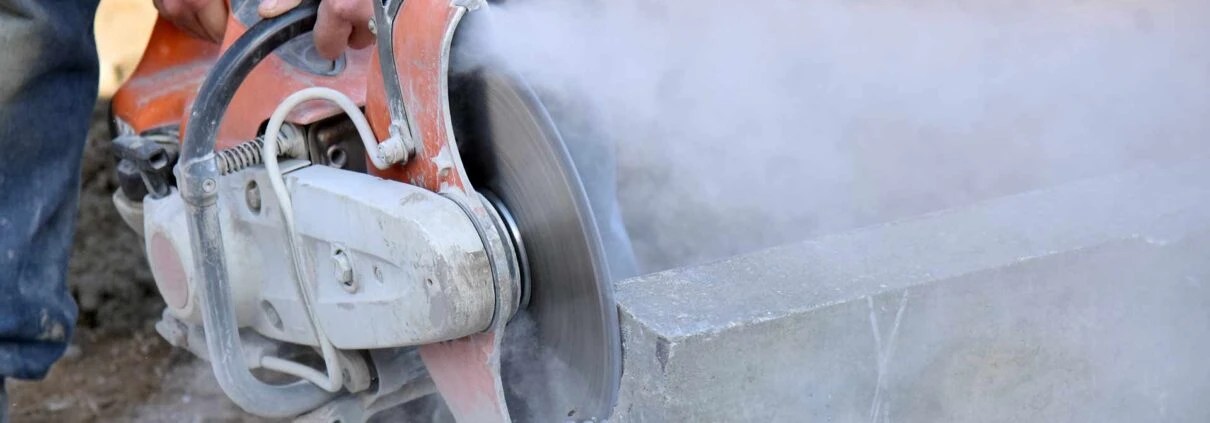OSHA New Rule Aims at Reducing Silica Dust Exposure
In September 2017, OSHA enacted a new rule to help protect employees who are exposed to crystalline silica which is a common mineral found in the earth’s crust. This material is found in many elements like sand, stone, concrete and mortar. Crystalline Silica is also used to make glass, pottery, ceramics, bricks and artificial stone.
The goal of this ruling is to protect individuals who work with these elements indoors or outdoors for more than four hours. These protocols, which have been put in place, are to help reduce the possibility of the employee inhaling respirable crystalline silica. These are very small particles that are 100 times smaller than sand that you’d find on a beach or at a playground. If an employee is exposed and inhales these particles often, they are at an increased risk of developing Lung Cancer, Chronic Obstructive Pulmonary Disease (COPD) and or Kidney disease. Currently, there are approximately 2.3 million people in the US who are exposed to silica at work. Do you have a Silica Exposure Control Plan in place in your work environment?
Silica is created when one is cutting, sawing, grinding, drilling and or crushing stone, rock concrete or brick materials. The dust particles are inhaled into one’s lungs. If your employees have a work practice of four hours shifts or less, plus operate and maintain tools with integrated water delivery systems with manufacture specified flow rates to feed water to the blade, then you are not required to put in additional measures to control silica particles.
OSHA has set these protocols if an employee is not using a water element with their cutting. According to OSHA, employers who do not use control methods must:
- Measure the amount of silica that workers are exposed to if it may be at or above an action level of 25 μg/m3 (micrograms of silica per cubic meter of air), averaged over an eight-hour day.
- Protect workers from respirable crystalline silica exposures above the permissible exposure limit of 50 μg/m3, averaged over an eight-hour day.
- Use dust controls to protect workers from silica exposures above the PEL.
- Provide respirators to workers when dust controls cannot limit exposures to the PEL.
“OSHA estimates that the Final Rule will save over 600 lives and prevent more than 900 new cases of silicosis each year, once its effects are fully realized. The Rule is projected to provide net annual benefits of as much as $7.7 billion to society in terms of reduced costs associated with preventing and treating silica-related illnesses.”
HB NEXT is here to serve construction firms as they navigate these new protocols to ensure their employees are working in a safe environment. Do you have a Silica Exposure Control Plan? The Team at HB NEXT is here to assist or write your plan for you to keep your firm OSHA compliant. From training to jobsite inspections, the HB NEXT Team can eliminate situations which will cause OSHA penalties and fines for non-compliance. With decades of experience in OSHA compliance, Ask HB NEXT to help your construction firm navigate this new ruling. Contact us today.





Leave a Reply
Want to join the discussion?Feel free to contribute!